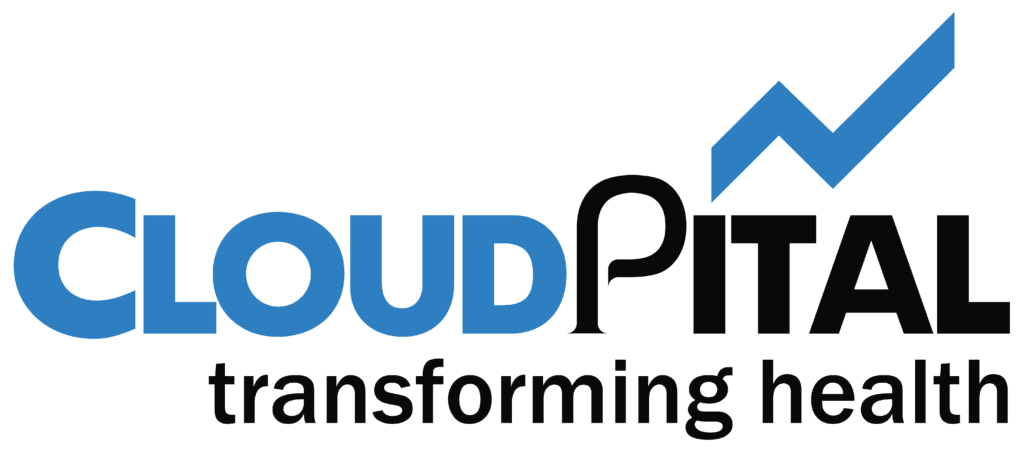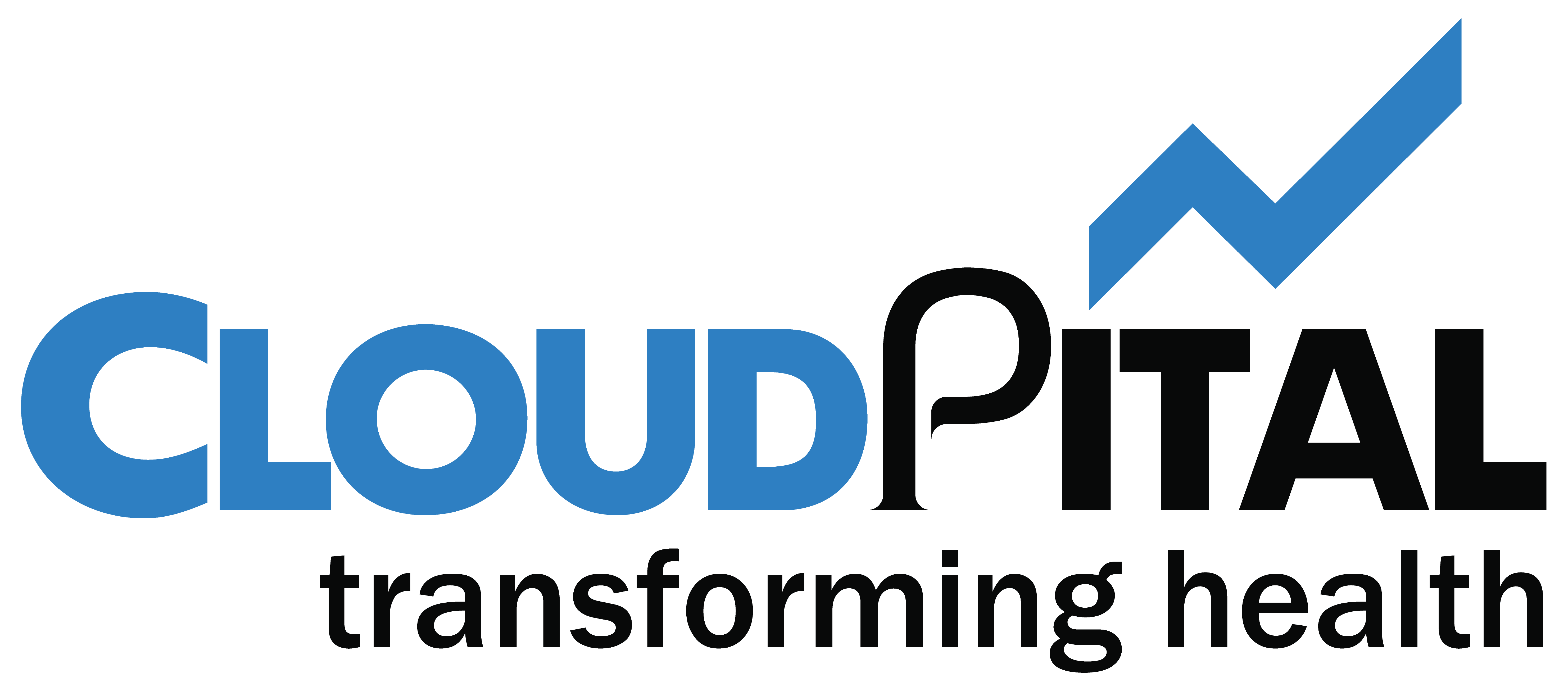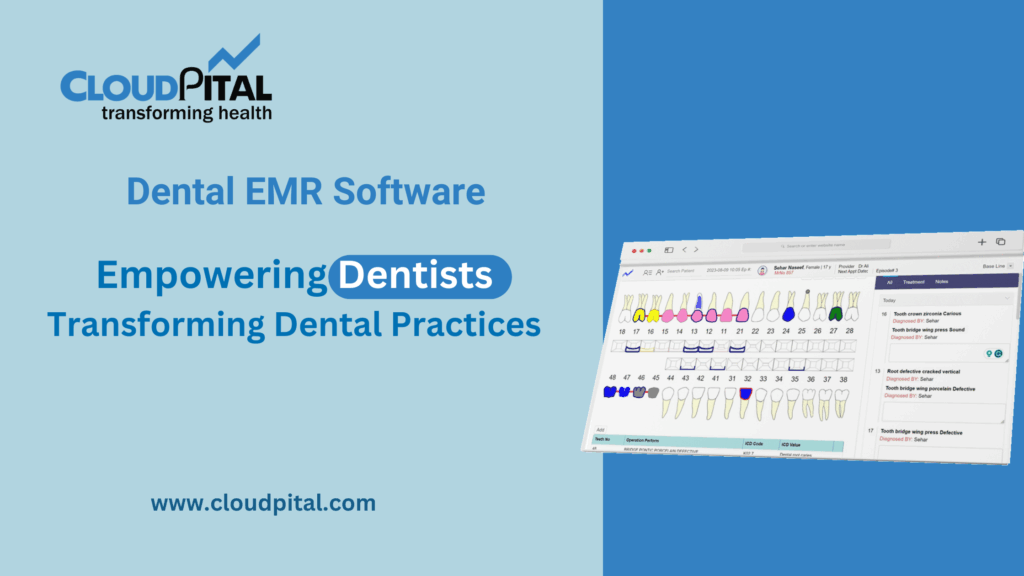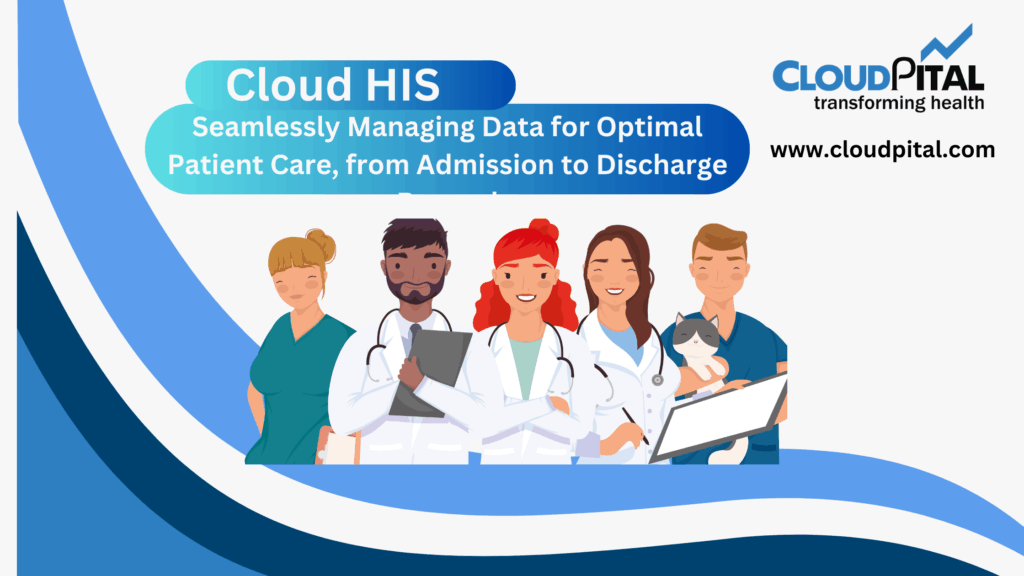Cloudpital # 1 is one of the top HIS is a broad framework comprising hardware, software processes, people, and equipment that facilitates the storage, collection, and management of information about healthcare. If properly implemented and used the HIS can dramatically improve the quality of care for patients and improve outcomes across the continuum of healthcare. This article will provide a thorough overview of the ways in which an HIS helps improve patient care and outcomes.
Click to Start Whatsapp Chatbot with Sales
Mobile: +966547315697
Email: sales@cloudpital.com
Cloudpital # 1 HIS

Centralized Information on Patients
HIS combines the patient’s information from a variety of sources, such as electronic health records (EHRs) and laboratories, medical imaging system pharmaceutical systems, as well as wearable devices, to create an centralized repository. This complete view of information about patients allows healthcare providers to have instant access to current, actual clinical data, enabling them to make educated decisions as well as coordinate care and offer prompt interventions.
Better Clinical Decision Making
HIS aids in the process of making clinical decisions by allowing healthcare professionals access to guidelines based on evidence protocols, guidelines, best practices, and decision-support tools during the process of healthcare. Systems for clinical decision support (CDSS) are embedded in the HIS examine patient data and identify risks that could be present as well as alert doctors to medication contraindications or errors and recommend appropriate actions to improve the safety and quality of care.
Enhanced care coordination
HIS facilitates seamless coordination of care by facilitating the exchange of information and communications between multidisciplinary teams of healthcare professionals, institutions, and community stakeholder. Care coordination tools within the HIS enable sharing of patient data and care plans, as well as notifications, and tasks across various care settings and healthcare providers, assuring continuous care by decreasing the need for duplicate services and making sure that there are no gaps in care which can affect patient safety and the outcomes.

streamlining workflows and processes
A Telemedicine simplifies the administrative and clinical workflows by automatizing routine tasks, documenting and communication. Workflow automation software within the HIS can standardize and enhance procedures in the clinic, like appointment scheduling, prescription ordering as well as results reporting and discharge scheduling, reducing the chance of errors and inefficiencies caused by manual processes and delays in delivery of healthcare. A streamlined workflow allows healthcare professionals to spend more time and focus on the direct care of patients increasing efficiency and productivity.
Participation and empowerment of patients
A HIS enables patients to take an active role in their health care by offering accessibility to health records, education resources and tools for communication. Mobile and patient portals that are integrated into the HIS permit patients to browse their health records, keep track of their health status and communicate with their healthcare team, make sessions, replenish prescriptions and participate in self-management exercises. Improved patient engagement encourages cooperation, compliance to treatment plans, as well as sharing of decision-making processes, which leads to higher satisfaction and better health outcomes.
Preventive as well as Population Health Management
A HIS assists with preventive and management of health in the population initiatives by encouraging the identification, monitoring and treatment of high-risk groups as well as chronic diseases. Health modules that focus on population health within the HIS analyze aggregated data to determine trends, patterns and risk factors among the patient population, allowing healthcare professionals to develop specific interventions, preventive screenings or health-related programs. By focusing on early intervention and prevention, an HIS can help reduce the cost of healthcare and prevents complications. Additionally, it helps improve the health of patients.
Quality Monitoring and Reporting
The HIS enables Appointments Scheduling providers to measure the performance of their staff, monitor and provide reports on the key indicator of performance (KPIs) along with quality indicators to measure the efficiency, effectiveness and safety of healthcare delivery. Quality measurement tools within the HIS collect clinical data results, as well as adherence to best practices based on evidence and allow healthcare professionals to measure their performance against benchmarks, pinpoint areas to improve and then implement initiatives for quality improvement. By encouraging the culture of continuous quality improvement the HIS can help improve the patient care process and results.
Clinical Research and Innovation
HIS supports medical research and innovation by allowing access to extensive, standardized clinical data to be used for research. Research modules inside the HIS allow healthcare institutions to combine, analyze and then anonymize patient data for clinical trials as well as outcomes research as well as comparative effectiveness studies and guidelines for evidence-based practice. Utilizing real-world data in the HIS researchers can create new knowledge, insights and breakthroughs that improve knowledge in medicine and enhance the quality of care for patients and improve outcomes.
Data Analytics, Predictive Modeling and
HIS makes use of predictive modeling and data analytics techniques to uncover useful insights from huge volumes of operational and clinical data. Analytics modules in the HIS analyse the historical data, detect trends, anticipate future outcomes and provide useful insights that support the clinical decision-making process resources allocation, as well as improvement efforts in performance. Predictive analytics allow healthcare providers to manage patient populations in a proactive manner and anticipate health needs and take action early to prevent negative events and complications which ultimately improve patient outcomes and reducing the cost.
Regulation Compliance and Reporting
HIS help healthcare organizations meet the requirements of regulatory agencies and mandates for reporting by standardizing the data capture, documentation and reporting procedures. The compliance modules in the HIS ensure that the clinical information is accurately recorded and reported and in line with the regulations, like Meaningful Use (MU), the Health Insurance Portability and Accountability Act (HIPAA) and the quality-reporting programs. By automating compliance processes and producing real-time reports HIS HIS assists healthcare institutions to avoid fines, meet regulatory compliance and show the responsibility for security and quality of care.
Conclusion
In the end it is clear that the Health Information System is a key element in enhancing the quality of care for patients and outcomes through centralizing patient data, improving the process of making clinical decisions, aiding in the coordination of care and streamlining workflows, helping empower patients, assisting in preventive and healthcare management for the population, providing monitoring and reporting on quality in addition to facilitating research and innovation in clinical practice using data analytics and predictive models as well as ensuring regulatory compliance. Utilizing the capabilities of data-driven technology and information technology an can help healthcare organizations to provide top-quality health care that is patient-centered, safe, efficient and fair, leading to improved health outcomes and increased satisfaction of patients.
Click to Start Whatsapp Chatbot with Sales
Mobile: +966547315697
Email: sales@cloudpital.com
How does a HIS improve patient care and outcomes? similar software solutions prices were updated on 2025-07-18T23:17:34+00:00 in Saudi Arabia in Mecca, Medina, Riyadh, Khamis Mushait, Yanbu, Jeddah, Dammam, Unaizah, Uqair, Ha’il, Ta if, Al Bahah, Dhahran, King Abdullah Economic City, Najran, Diriyah, Qatif, Khafji, Jubail, Abqaiq, List of Cities and Towns in Saudi Arabia, Ras Tanura, Turubah, Jazan Economic City, Knowledge Economic City, Medina, Khobar, Abha, Tabuk, Saudi Arabia, similar software solutions prices were updated on 2025-07-18T23:17:34+00:00 We also provide in Saudi Arabia services solutions company in Hafar Al-Batin, Udhailiyah, Al-Awamiyah, Hofuf, Hautat Sudair, Buraidah, Tayma, Duba, ‘uyayna, Saihat, Al-Kharj, Al-ula, Jizan, Rumailah, Ar Rass, Arar, Shaybah, Al Majma’ah, Rabigh, Dhurma, Haradh, List of Saudi Cities by Gdp Per Capita, Badr, Sudair Industrial City, Baljurashi, Shaqraa, Al-Khutt, Habala, Ad Dawadimi, Dawadmi, Layla, similar software solutions prices were updated on 2025-07-18T23:17:34+00:00 Price is SAR 100 and this was updated on updated on 2025-07-18T23:17:34+00:00 similar How does a HIS improve patient care and outcomes? software solutions prices were updated on 2025-07-18T23:17:34+00:00 in Saudi Arabia in Haql, Afif, Al-Abwa, Farasan, Al-Jaroudiya, Thadig, Al-Thuqbah, Al Wajh, Almardmah, Al-Zilfi, Muzahmiyya, Prince Abdul Aziz Bin Mousaed Economic City, Tharmada’a, Skaka, Um Al-Sahek, Sharurah, Tanomah, Bisha, Dahaban, Al Qunfudhah, Qurayyat, Saudi Arabia, Ha’ir, as Sulayyil, Al Lith, Turaif, Al-Gway’iyyah, Samtah, Wadi Ad-Dawasir, Az Zaimah, Safwa City, Jalajil, Harmah, Mastoorah, Hotat Bani Tamim, Jabal Umm Al Ru’us, Rafha, Qaisumah, Al-Ghat, Hajrah, Al-Hareeq. Excerpt: Jeddah (also spelled Jiddah, Jidda, or Jedda; Arabic: Jidda) is a Saudi Arabian city located on the coast of the Red Sea and is the major urban center of western Saudi Arabia similar software solutions prices were updated on 2025-07-18T23:17:34+00:00 Price is SAR 100 and this was updated on updated on 2025-07-18T23:17:34+00:00
2-2-2024




